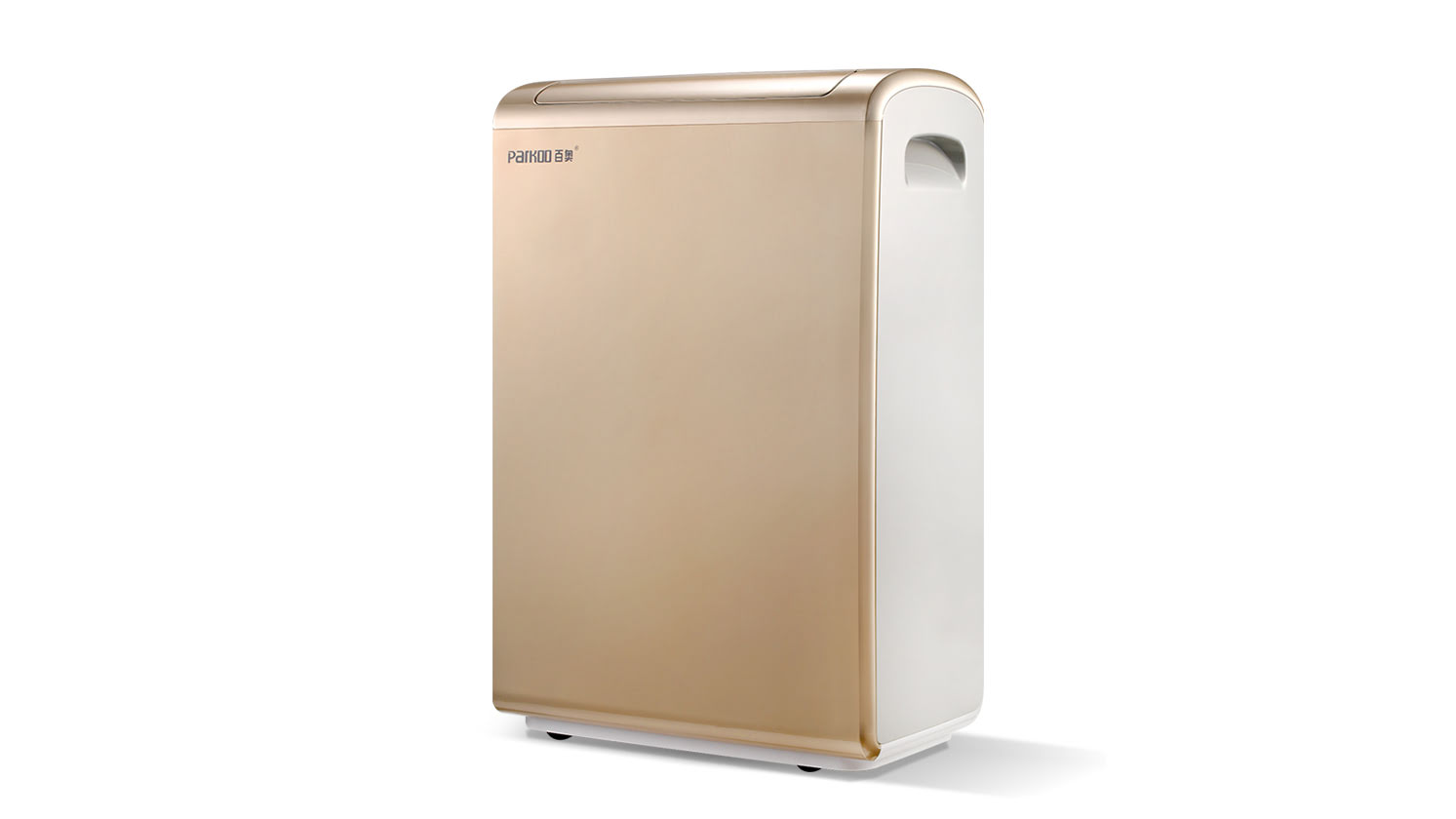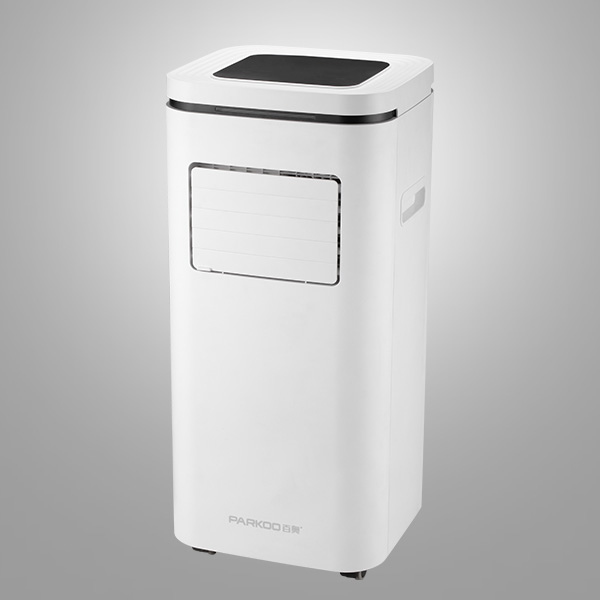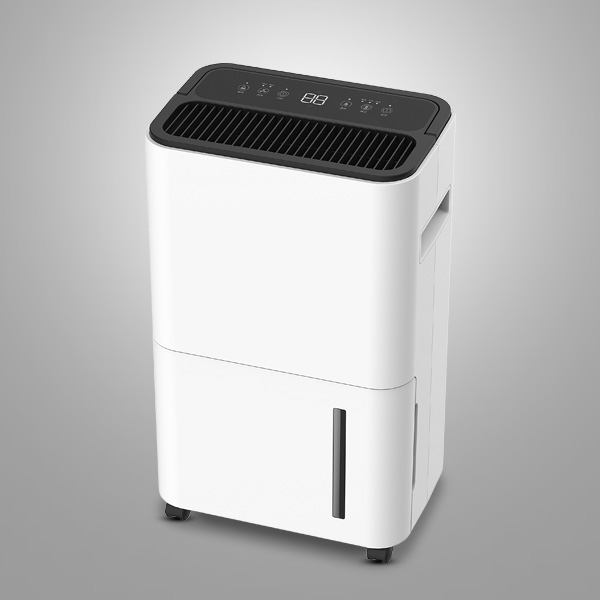Humidity refers to the amount of water Vapor quality in air or atmosphere. Its characteristic is not moist air, but the moisture content of a mixture of water vapor and other components in the air. By evaporation, the water vapor in the atmosphere increases. Water from lakes, rivers, oceans, and other groundwater evaporates into the air and is transported to different places. It is the moisture in the air that combines with other components
Humidity indicates the possibility of fog caused by water vapor suspended near the ground; Rainfall caused by the precipitation of water vapor such as rain, hail, and hail; And dew, which is caused by the condensation of water vapor on the surface of cold water overnight Humidity may be absolute or relative. Absolute humidity is the amount of water vapor per unit volume of air, expressed in kilograms per cubic meter. It does not change according to the temperature of the air. When there is a large amount of water vapor in the air, the absolute humidity will also be very high
Relative humidity is the percentage or ratio of the amount of water Vapor quality in the air volume at a given temperature to the amount that can be maintained at a given temperature. The amount of water Vapor quality in warm air will cause the relative humidity to be lower than that in cold air When the relative humidity is high, the evaporation of skin moisture decreases and the effectiveness of sweating in cooling the body is reduced. The heat index used in summer is used to measure this impact. It is affected not only by temperature, but also by the moisture content or absolute humidity of the air and the saturated Vapor pressure. It is used in situations where evaporation of water is required
Summary:
1. Humidity is the amount of water vapor in the atmosphere, while relative humidity is a type of humidity
2. Humidity is the moisture content of a mixture of water vapor and other elements in the air, while relative humidity is the percentage of water vapor in the air at a given temperature
3. Humidity is used to determine the likelihood of precipitation, fog, or dew, while relative humidity is used for climate control and how it affects human health, comfort, and safety
4. Relative humidity is also used to ensure the safety of machines, vehicles, and buildings, while determining the humidity of a certain location provides a method of measuring weather
















